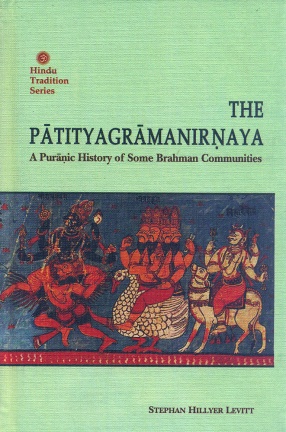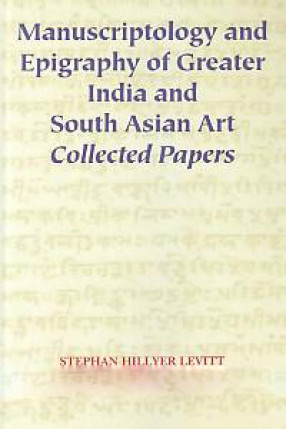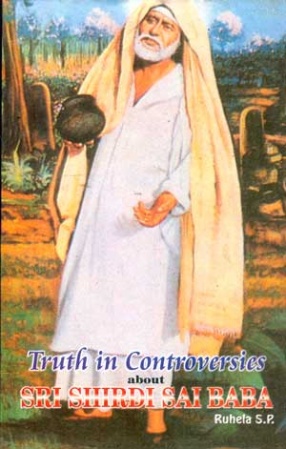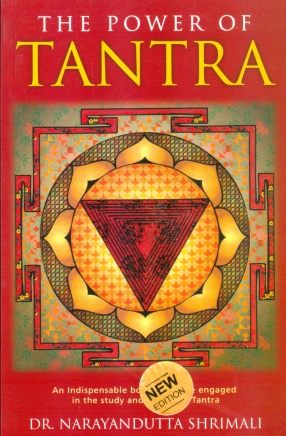The Patityagramanirnaya: A Puranic History of Some Brahman Communities
It is well known to scholars to Sanskrit literature that being a Brahman carries many obligations and restriction. Much of the extensive literature on Dharma describes these obligations and restrictions in great detail. It is less clear from this literature whether and to what extent breaking these rules has consequences in the real world for transgressing Brahmans. Are these rules mere intellectual play, nothing but a way to mislead the outside world into thinking that Brahmans are entitled to their claimed privileges? Or are Brahmans really expected to live up to these high expectations, at the risk of losing their privileges altogether?
Levitt's The Patityagramanirnya: A Puranic History of some Brahman Communities throws new light on these questions. Though a SAnskrit text, it deals with a number of villages, some of them identifiable in modern India, that are inhabited by "fallen" Brahmans, Brahmans that have lost their exalted state, allegedly on account of transgressions committed in the past. The new status of these fallen Brahmans is that of untouchables.
The edition and translation done here treats communities of polluted brahmanas of untouchable status in the Karnataka region of South India. Such groups, however, can be found throughout India with surprising frequency. As has been pointed out by many Anthropologists, purity and pollution are features of Hinduism that shade South Asian behavior and society. That there are entire groups of brahmanas throughout India whose pollution has led to untouchability has not been dealt with adequately to date. We might note that there are a number of indications that the stories in the Patityagramanirnaya are historical in natureóthis in a Sanskrit literature not noted for many historical writings.
Get it now and save 10%
BECOME A MEMBER








Bibliographic information